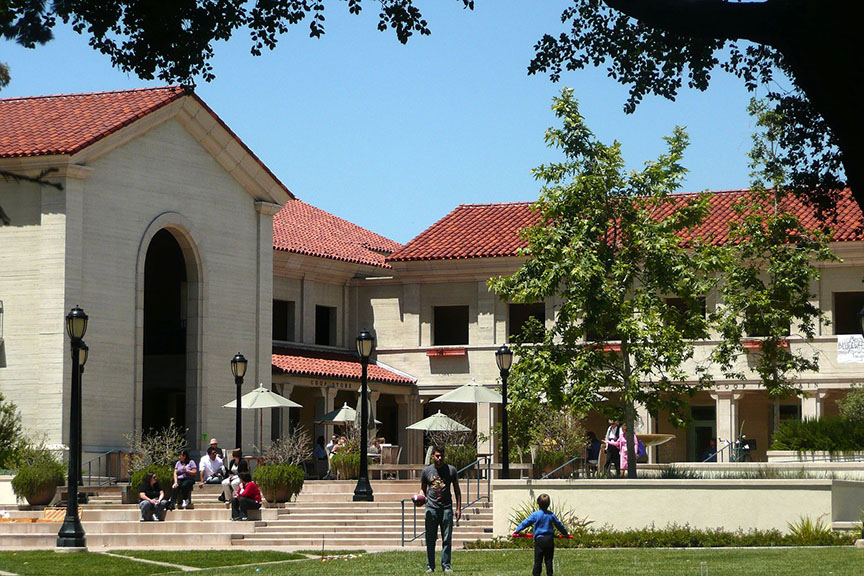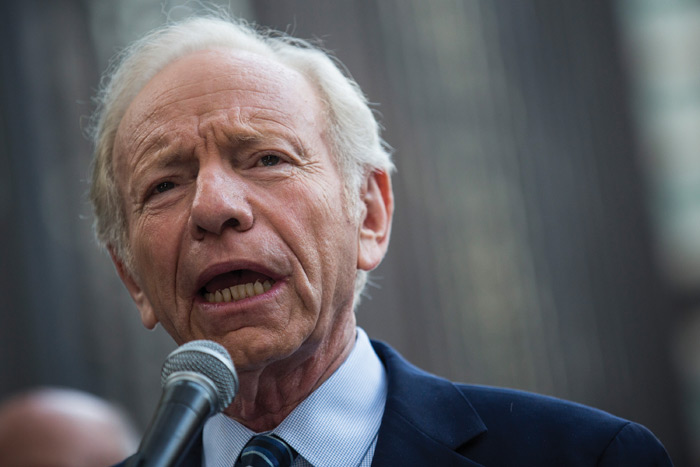The death of every promising young adult becomes its own tragedy. But when Chandra Levy died, the tragedy became magnified by seemingly relentless national and international publicity, making closure especially difficult for everybody involved.
The story is told by Washington Post reporters Scott Higham and Sari Horwitz in “Finding Chandra: A True Washington Murder Mystery” (Scribner: 287 pages, $26.00).
While jogging in Rock Creek Park during the spring of 2001, Chandra Levy lost her life to a murderer. She had moved to Washington, D.C., seven months earlier to serve an internship at the U.S. Bureau of Prisons just before graduating from the University of Southern California.
While visiting Congressional offices on Capitol Hill with a friend seeking a job, Levy met Gary Condit, an elected representative from Modesto, California. Levy and Condit, a married man more than twice her age, became involved romantically. Only a few people knew about the relationship. But when Levy disappeared after telling her doting parents that she would return to their California home for her graduation ceremony, those who knew mentioned Condit to Washington, D.C., police.
Levy’s father, Robert, an oncologist in Modesto, California, and her attentive mother, Susan, obviously hoped for the best. Both parents had been parties to horror. Numerous relatives of Robert had died during in the Holocaust, although his parents had successfully escaped Germany using French visas. Susan’s father, Bernard Katz, a New Mexico businessman, had committed suicide when she was 15, apparently because of work-related debts. Both reared in the Jewish faith, they learned about other religions, too, including Buddhism and Hinduism. They chose the name Chandra for their daughter in honor of a Hindu demigod.
What began as a missing person case morphed into a criminal investigation with Condit as the lead suspect. Although Condit seemed like a natural suspect, tunnel vision prevented the investigators from considering other credible alternatives.
Higham and Horwitz wrote about the case in the Washington Post during 2001-2002, amidst the media frenzy. Police never arrested Condit, and the case went cold, but the reporters kept looking for leads. About a year after Chandra Levy disappeared, a hiker in Rock Creek Park located Levy’s remains—in an area supposedly searched previously by law enforcement officers. That portion of the park had experienced violent attacks on other women by an immigrant from El Salvador who eventually ended up in prison for two of the attacks. Some police and prosecutors believed the immigrant had killed Levy in a crime of opportunity. But those in charge of the investigation continued to focus on Condit. He lost his Congressional seat in the next election.
The case is still not closed, but the Post investigation forming the basis of the book strongly suggests the immigrant, Ingmar Adalid Guandique, killed Levy. The prosecution’s case against Guandique apparently is not airtight.
During 2008, the Post published its findings in a high-profile serial narrative. Horwitz and Higham wrote most of it. In the extended book version, they refer to themselves as characters, as Bob Woodward and Carl Bernstein did in “All the President’s Men.” The third-person passages offer useful insight into the making of an in-depth newspaper project.
“Finding Chandra” is a well-reported, well-written chronicle of a botched criminal investigation and its disturbing aftermath. Whether closure can ever be considered final for those involved will depend on Guandique’s fate within the court system.
Steve Weinberg writes frequently about the criminal justice system for magazines and for his “In Justice” blog at www.trueslant.com.






















 More news and opinions than at a Shabbat dinner, right in your inbox.
More news and opinions than at a Shabbat dinner, right in your inbox.